I don’t recognize other people’s cars. I definitely couldn’t tell you the make or model of anyone’s car. They all look the same to me. I think this has a lot to do with paint colors. With a few exceptions, all the cars seem to be black, grey, or blue. Now that I think about it, a lot of consumer technology uses a pretty limited color pallette. All the computers are silver or black, the phones are black or white (at least without aftermarket cases), kitchen appliances are white or black (though kitchen mixers can be red).
If you want to see bright colors, look at the paint schemes of tractors. They are amazing colors. There are blue, orange, bright red, purple, and green tractors. These are colors that stand out.
It’s surprising that you’d find bright colors on tractors of all places. Shouldn’t consumer gadgets get the flashy colors? Aren’t tractors practical, industrial machines and so shouldn’t they be painted some sort of no-nonsense grey? How did tractors get to be the colors that they are?
- Bright colors at an atique tractor show. Via This Mare Eats Oats Blog.
The Color of the Brand
I grew up around tractors, and I definitely remember the color of each one. We had a little old Farmall Cub that spent most of it’s time in a shed. It was faded to a dull red with rusted streaks but it also still had bright red left in spots hidden from the sun, rain, and dirt. Our main tractor was a green John Deere with a yellow canopy roof. Later we got a big blue Ford. I don’t see too many tractors these days, but when I do, their colors are immediately memorable and meaningful.
Part of the key is that tractor colors are associated with the brand. Each brand has a color scheme, and all of their machines are painted those colors. All John Deeres are green and yellow, and all International Harvesters are red. You don’t pick the color of the tractor directly. You pick the brand, which determines the color.
So you end up with this close tie between all the associations of the brand with the color. When I was little, we made a car game of guessing the brands of the tractors we saw, based on their color. Those colors are drilled into me. I learned them at the same time I was learning shapes and numbers.
And further, the tractor color makes your choice of tractor brand visible to everyone who can see the machine out in the field. Everyone knows what kind of tractor you have. I’ve heard stories of kids feeling embarrassed that they came from a “green family” (meaning they had a John Deere) in a town where most other families were “red” (meaning they had International Harvesters).
It’s disappointing that people are so resourceful in finding ways to judge and exclude other people, but it does speak to how powerful the combination of personal identity, brand, and paint color seems to be. I imagine it’s also great news for the International Harvester dealership in the “red” town.
So maybe that’s part of what’s going on with these colors. It’s part of a branding and marketing strategy.
- Chart of paint colors for different tractor brands. Via Majic Paints.
Tractors with Style
The history of tractor design supports the idea that the colors are part of a competitive marketing strategy. This link between the company and the color, what tractor historians actually refer to as “livery,” goes back to the 1930s. It was a time of consolidation. Many companies went out of business. Those that survived grew, bought up smaller companies, and competed in a national market. Competition for tractor sales got a lot tighter.
One of the responses to this competition was to make tractors more attractive. John Deere was one of the first companies to take this route. In 1938, they hired Henry Dreyfuss to design the body of their new Model D.
Dreyfuss is one of the heroes of industrial design. Known for streamlined shapes, he designed trains, airplanes, vacuum cleaners, and might be best known for designing the classic black Bell telephone. For John Deere, he designed a tractor body with sweeping, streamlined curves and a more deliberate use of the company’s green and yellow colors.
Other companies followed and soon all the major manufacturers offered what they called “styled” models. Similarly, other companies also started to standardize their company paint colors.
There were similar changes in adjacent industries. Automobiles had just gone through a similar stylizing as General Motors (with the Fisher Body company) introduced yearly models with stylistic and paint changes and dethroned the venerable Ford Model T. In general it seems to be a time when industrial design became important in a variety of areas.
- Henry Dreyfuss drawing for the Model 720, front and side screens, for John Deere, January 29, 1959. Via Cooper Hewitt. See more objects with the color darkslategrey olivedrab beige darkolivegreen darkkhaki or see all the colors for this object. 1959 1972 2016 2011 Drawing, Tractor, Model 720, front and side screens, for John Deere, January 29, 1959
The Industrial Farm
It still seems surprising that bright colors and styling were good ways to sell tractors. After all, at the same time these new designs were being sold, farming in the United States was becoming a much more industrial business. Small family farms were starting to be replaced by larger ventures.
With that change, I would expect tractors to become more like industrial machines and less like consumer goods, and so follow a different design logic. Shouldn’t they start to look more like the machines that bag frozen corn or make orange juice, and less like cars, refrigerators, or telephones? (Though this is ignoring a long tradition of highly decorated industrial machines. See, for example, the Columbian printing press.)
It’s even more striking considering what an important role tractors played in the industrialization of farming. The change was complicated, and, as a technology, tractors played a big role. On the one hand, machinery made it technically possible to take care of bigger farms. On the other hand the expense of the new machinery made larger, more market focused farms necessary. Tractors were at the very center of the whole transformation.
To tangle things up even further– that second quarter of the 20th century was also a time when a now familiar image of the Midwestern small town farming idyll developed. It was based on a long history of idealized images of American farms, but that Norman Rockwell-esque version developed at this time. And these colorful, styled tractors were part of that image. It shows up in the tractor advertisements as well.
- John Deere ad, 1940-55. Via Pinterest.
There’s a big irony here. A particular image of a white middle class Midwestern farm was becoming symbolically important at a time when the economy was shifting away from small farms. There’s a whole research project here, picking apart how those images are constructed, who they portray and who they don’t (for example the Latino farm laborers and fruit pickers are totally invisible in these images), and how it’s all related to the broader story. For now, though, I wonder if this irony has anything to do with the popularity of colorful styled tractors. Tractors were balanced between being consumer goods and industrial goods. Maybe it was important to people that they at least look like consumer goods. Maybe they were part of building that image. Maybe it turned out to be important to people that these industrial machines, which were changing the economic logic of farming, looked good.
References
Featured image: A Case tractor (right) and a Fordson Dexta tractor (left) at Cromford Steam Rally 2008, Derbyshire, England. Via Wikipedia.
For more on the history and design of tractors, see Tractor: The Definitive Visual History.
For more on the aesthetics of early industrial machinery, see John F. Kasson, Civilizing the Machine.
For more on Henry Dreyfuss, see Russell Flinchum, Henry Dreyfuss, Industrial Designer: The Man in the Brown Suit
For reflections on the importance of tractor colors, see Charles McFarlane, “The Color Wars: International vs John Deere,” In Modern Farmer, November 14, 2014.
For the importance of paint color to antique tractor restoration, see Candace Brown, “Tractor Paint Colors,” Antique Power Magazine, November 2, 2015.
For more on changes in American farming, see Deborah Fitzgerald, Every farm a factory : the industrial ideal in American agriculture, and Carolyn Dimitri, Anne Effland, and Neilson Conklin, “The 20th Century Transformation of U.S. Agriculture and Farm Policy.” USDA, Economic Information Bulletin Number 3, June 2005..
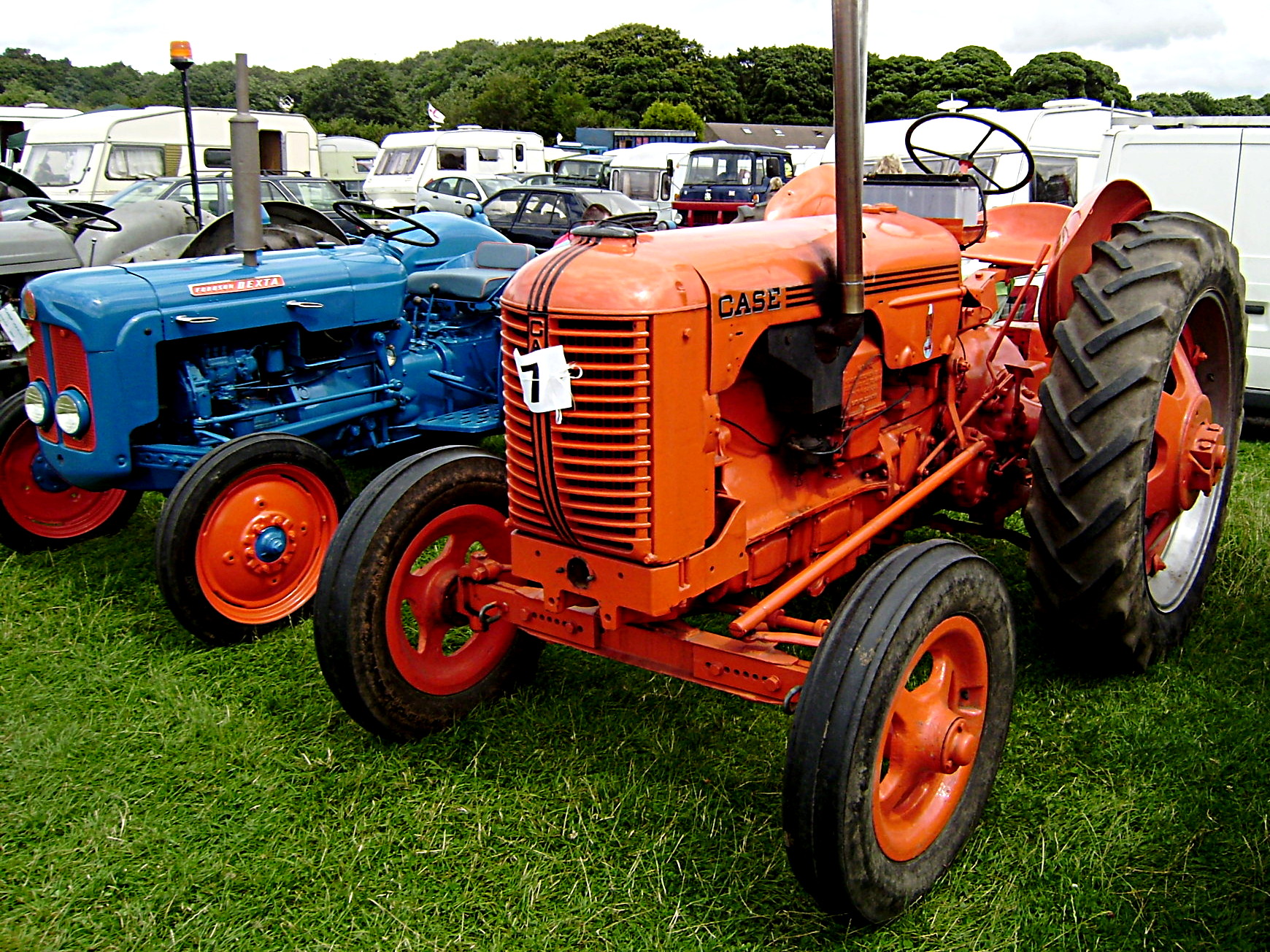
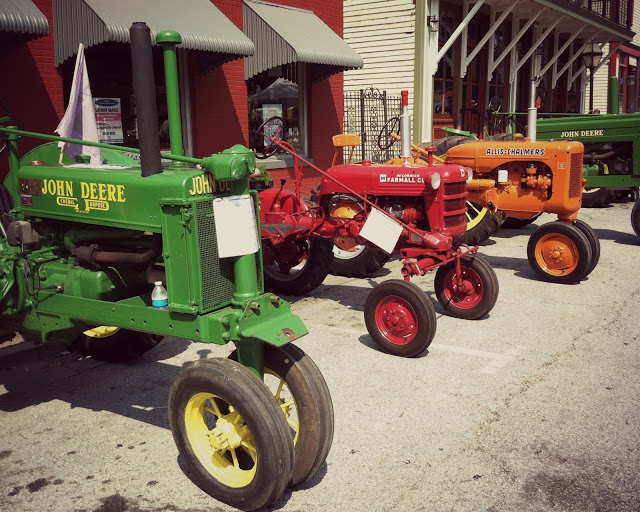
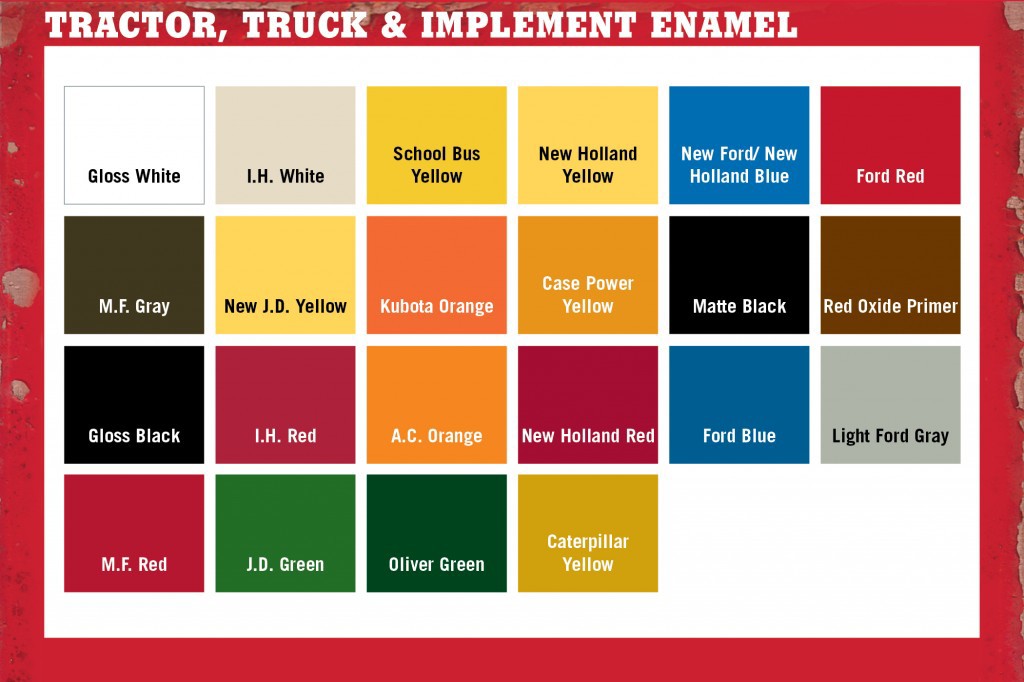
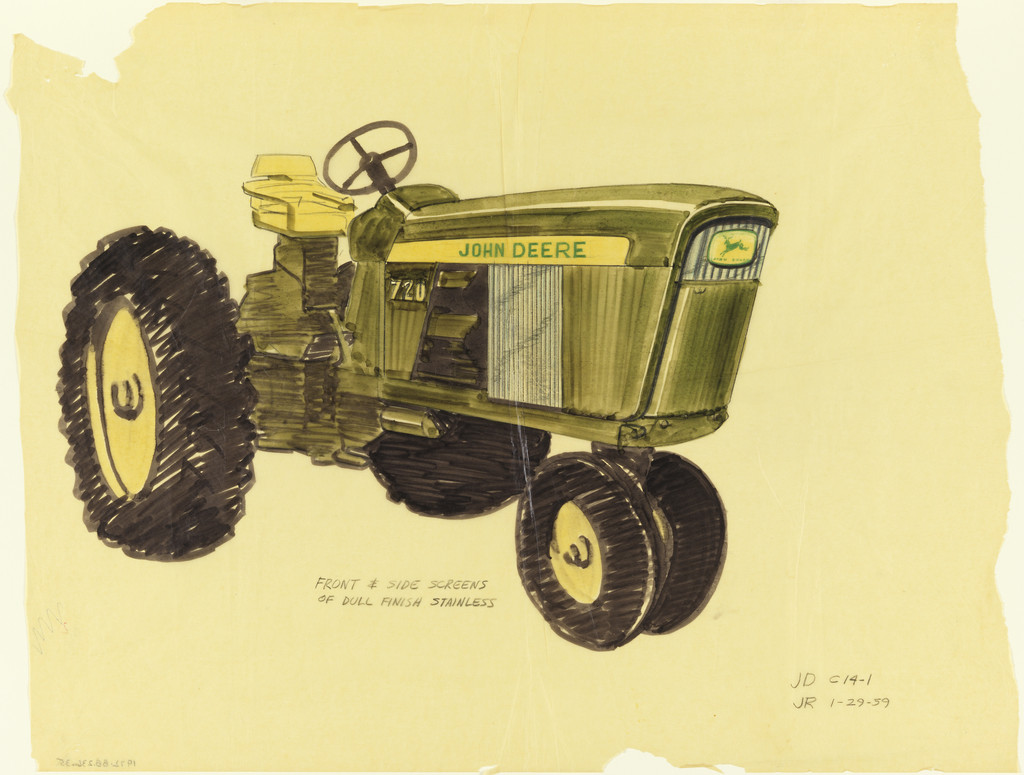
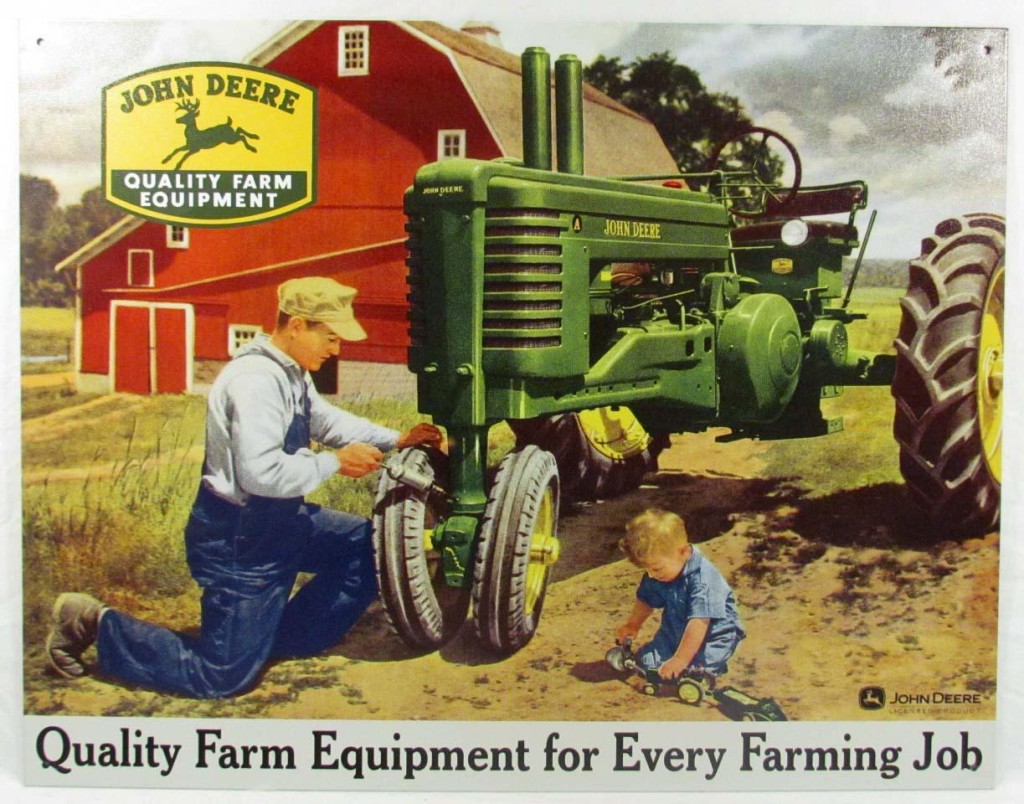


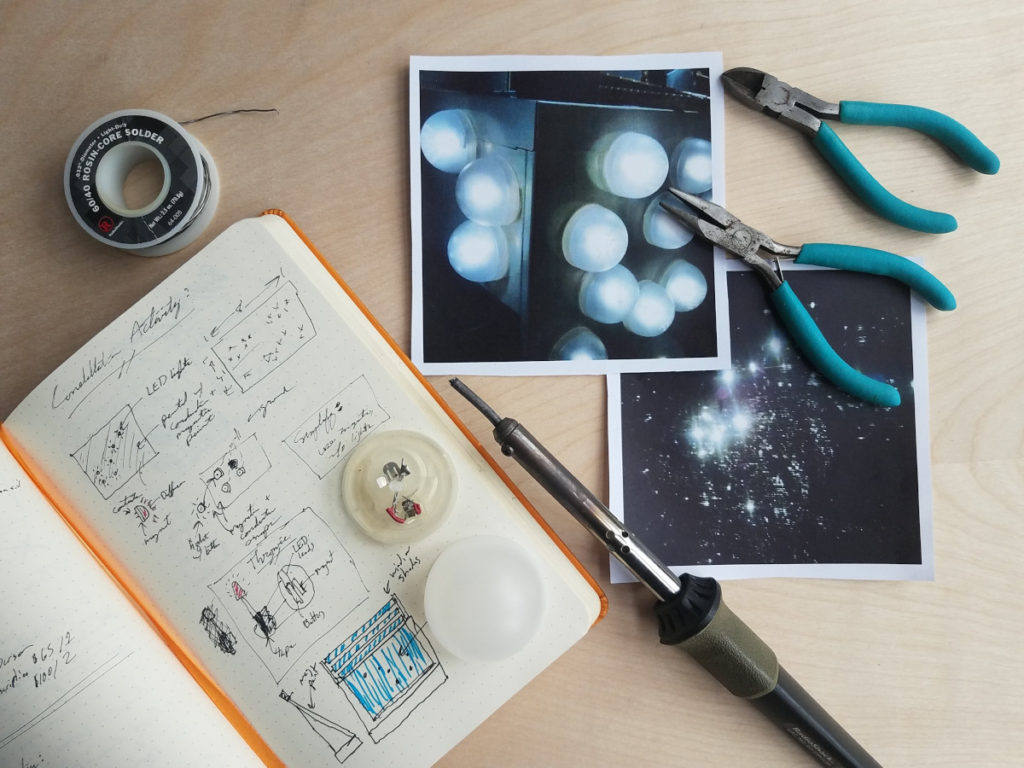
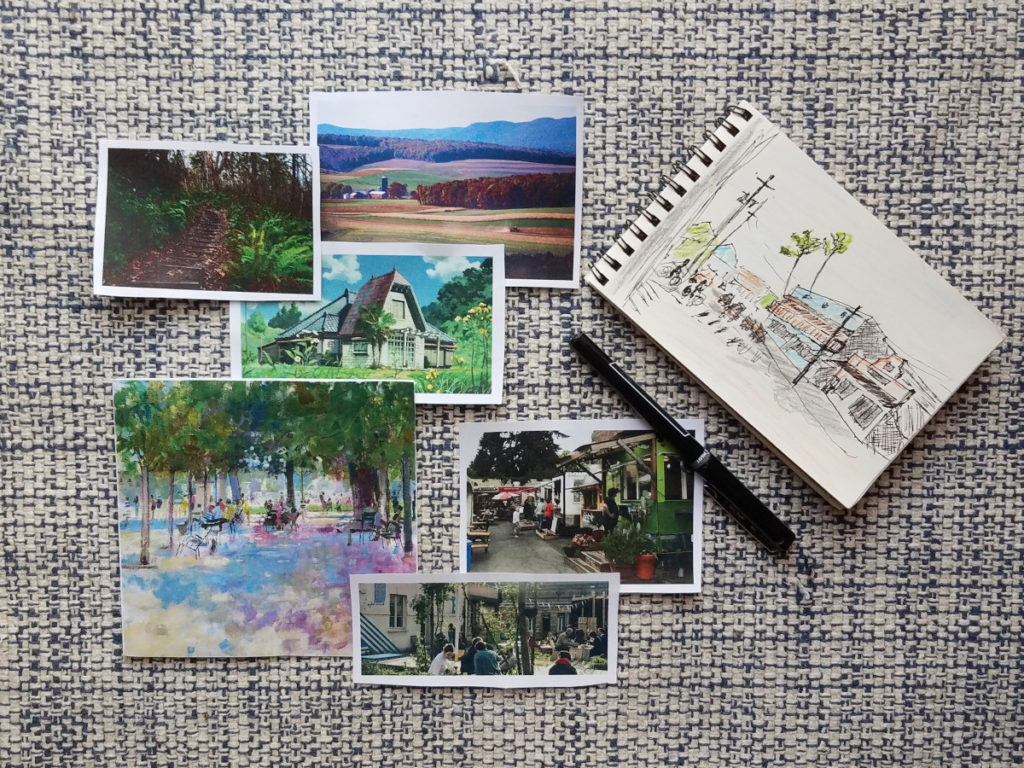
Have you noticed that tractors are amazing colors? Why aren’t they some practical grey? Some thoughts on why: restlessdevice.com/liveried-tract…
Have you noticed that tractors are amazing colors? Why aren’t they some practical grey? Some thoughts on why: restlessdevice.com/liveried-tract…
Would be great to be able to get RGB coordinates for the common vintage tractor colors
This Article was mentioned on brid.gy